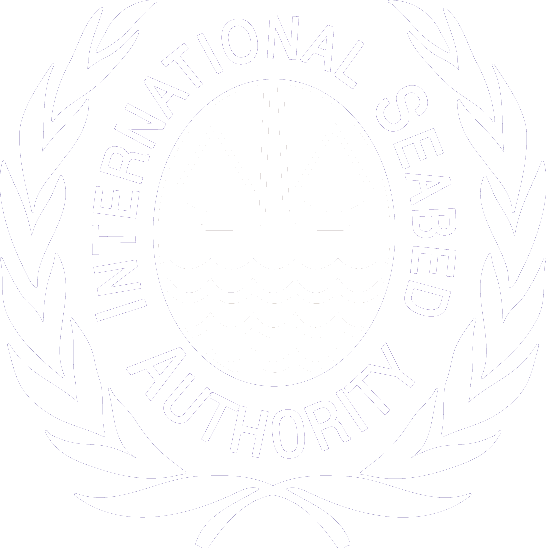Workshop to Standardise Megafaunal Taxonomy for Exploration Contract Areas in the Clarion-Clipperton Fracture Zone
10 Jun 2013 - 15 Jun 2013
Wilhelmshaven, Germany
Following informal consultations between the Secretary-General and exploration contractors for polymetallic nodules in January 2012 on the biological component of environmental baseline data in exploration areas, it was decided, inter alia, to convene taxonomic exchange workshops on the megafauna, macrofauna, and meiofauna in contract areas.
This workshop is the first of three workshops that the ISA will convene and will be held at the Senckenberg am Meer, Marine Research Department, Wilhelmshaven, Germany. The workshop will focus on megafauna.
The workshop will focus on Megafauna and the main objectives would be to:
- Create a standardised nomenclature for megafauna with associated descriptions and keys that can be used by all contractors and which will be made available on the web for use by the marine scientific community;
- Collect representative images for each identified species;
- Create an atlas of the locations where different species have been observed;
- Identify a programme of work to address any gaps in knowledge or understanding, and,
- Provide guidelines and procedures for use by prospectors and contractors in applying the standardised nomenclature.
The Authority will be supported by a team of taxonomists from the International Network for Scientific Investigations of Deep-Sea Ecosystems (INDEEP). The team will be led by Dr. Gordon Paterson, Head, Aquatic Invertebrates Division, Department of Life Sciences of the Natural History Museum; Prof. Dr. Pedro Martinez Arbizu, Deutsches Zentrum für Marine biodiversitätsforschung Senckenberg am Meer; and Dr. Lenaick Menot, Ifremer‐Brest (France).
By the end of the workshop a process will be in place to ensure contractors are in a position to classify all megafaunal species so far identified and all future observations using a standardised taxonomy to allow comparison between contractors and better environmental management. It is also expected that a process will be identified in order to classify any future observations of megafaunal organisms that had not been considered at the workshop.
Taxonomic presentations will give an outline of the group, the range of species expected, possibly including a summary of the species so far encountered. The limitations of current practices in surveying using images will also be discussed. Technical talks will focus on advances which could assist in standardising approaches, GIS and image analyses.
The sessions will focus on one to one discussions between the taxonomists present and each of the contractors on identification, based on images and video clips. At the end of each day there will be a short summary of the progress made.

